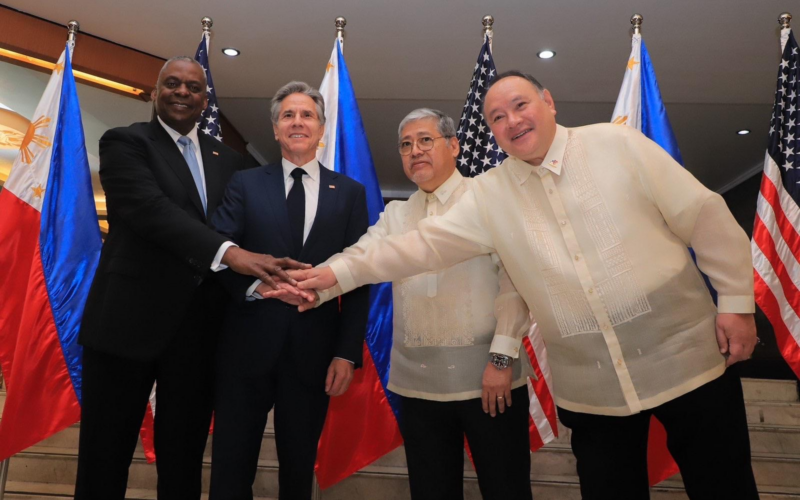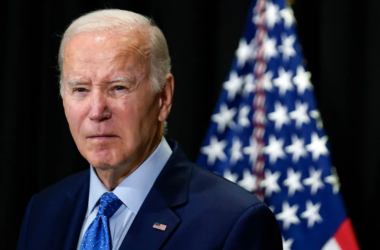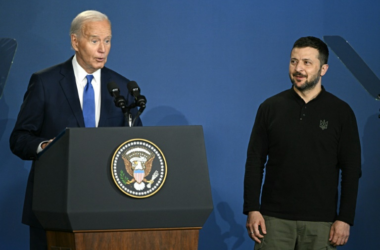The United States has pledged $500 million in military funding to the Philippines, a move announced by Secretary of State Antony Blinken on Tuesday. This significant financial commitment aims to strengthen ties with Manila in the face of increasing assertiveness from China. Blinken, alongside Defense Secretary Lloyd Austin, made the announcement during their visit to the Philippines as part of an Asia-Pacific tour designed to bolster alliances against Beijing.
Strategic Intentions Behind the Funding
The $500 million allocation is part of a broader effort to modernize the Philippine armed forces and coast guard. Blinken described the funding as a “once in a generation investment” to enhance security collaboration with one of the U.S.’s oldest treaty allies in the region. This investment follows a series of confrontations between Philippine and Chinese vessels in the South China Sea, raising concerns about potential conflicts that could involve the U.S. due to its mutual defense treaty with Manila.
Domestic Critics Question Necessity and Timing
Despite the strategic rationale, this substantial expenditure has sparked debate back home. Critics argue that such a large financial commitment abroad is questionable given the pressing domestic challenges the U.S. currently faces. With issues like infrastructure decay, underfunded healthcare and education systems, and a growing national debt, many believe that the $500 million could be better spent addressing urgent needs within the United States.
Concerns Over Fiscal Responsibility
The criticism intensifies in light of the U.S.’s ongoing fiscal challenges. Critics point out that the allocation of $500 million in foreign military financing exacerbates concerns about fiscal responsibility. They argue that diverting such a significant sum to foreign military aid, especially when domestic programs are underfunded, reflects poor prioritization of resources.
Potential Inefficiencies and Geopolitical Risks
Skeptics also raise concerns about the effectiveness and accountability of the military funding. The Philippines, known for its struggles with corruption and inefficiency within its military and governmental institutions, might not utilize the funds effectively without stringent oversight. Moreover, the increased U.S. military presence in the Philippines, facilitated by expanded access to nine military bases, risks further inflaming regional tensions with China, potentially leading to broader geopolitical instability.
Divergent Views on U.S.-China Relations
The funding decision underscores the delicate balance in U.S. foreign policy. While intended to counter China’s assertiveness, it risks escalating tensions that could destabilize the region. Chinese officials have already expressed their displeasure, with Foreign Minister Wang Yi accusing the U.S. of “fanning the flames” of discord in the South China Sea.
As the U.S. continues to navigate its complex relationship with China and its strategic partnerships in Asia, the decision to allocate $500 million in military funding to the Philippines highlights the ongoing debate over spending priorities. While aimed at enhancing regional security, the move raises significant questions about the necessity and timing of such expenditures amid pressing domestic challenges.








